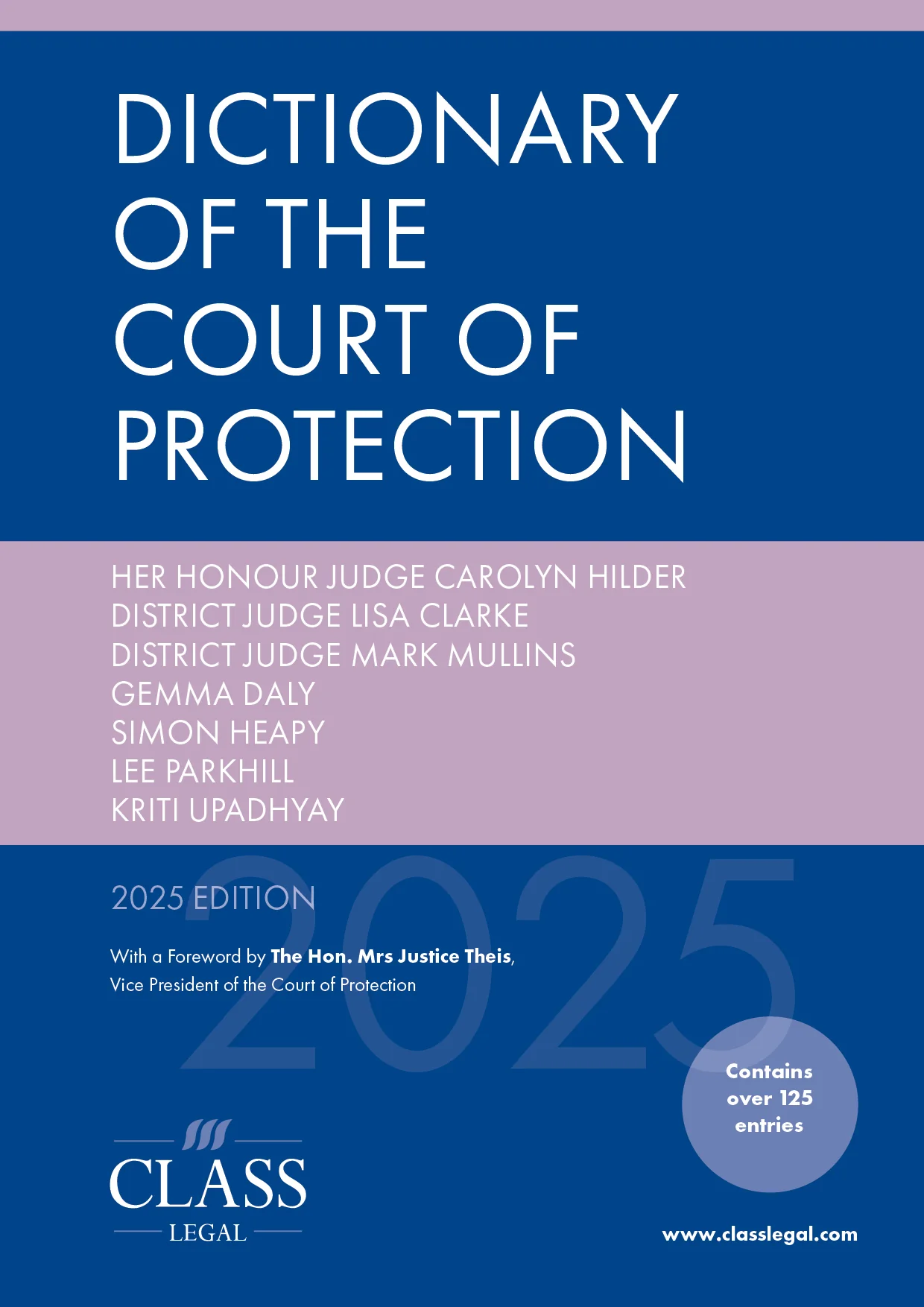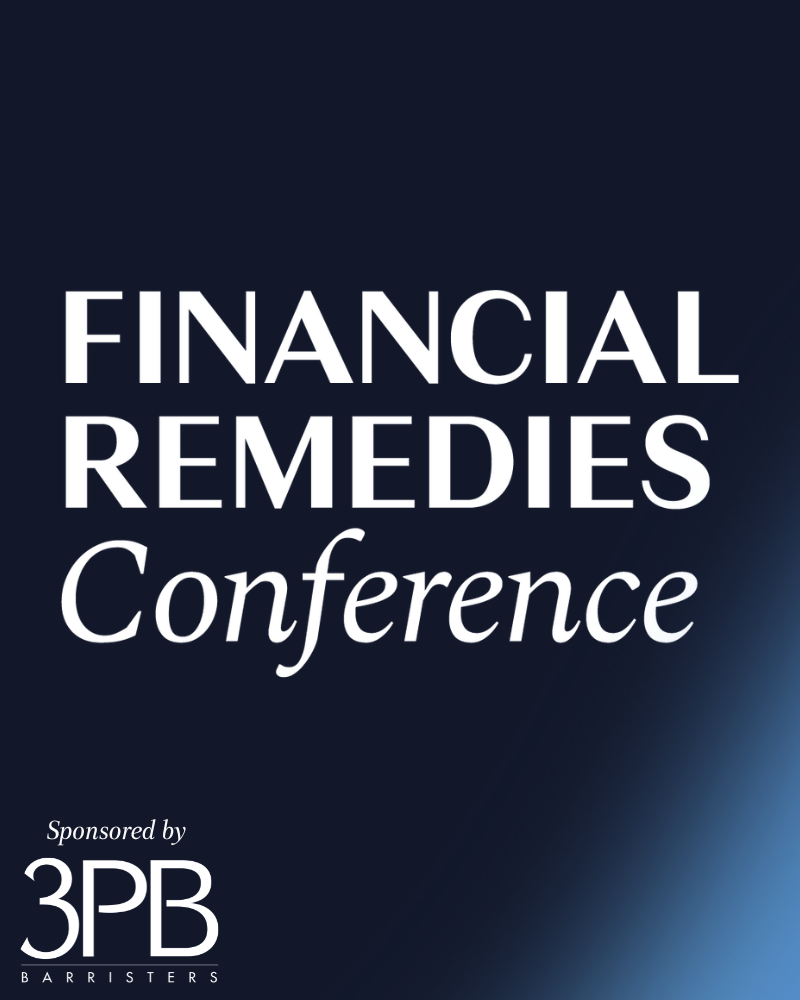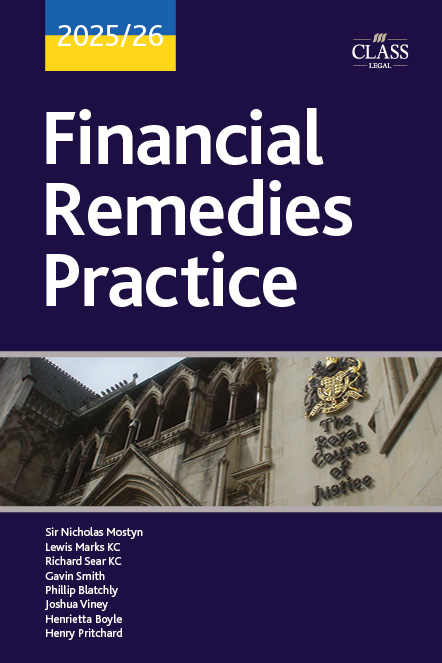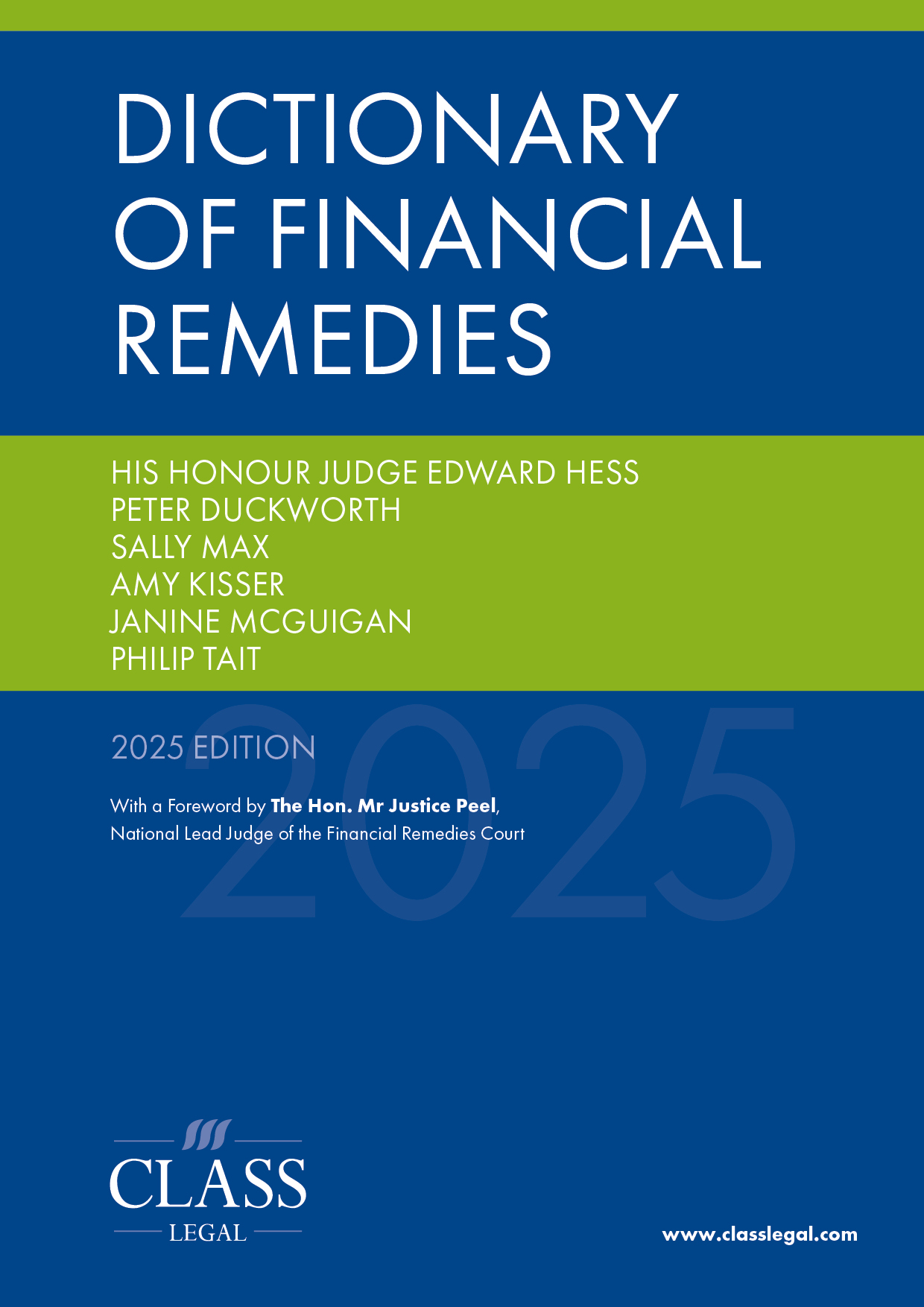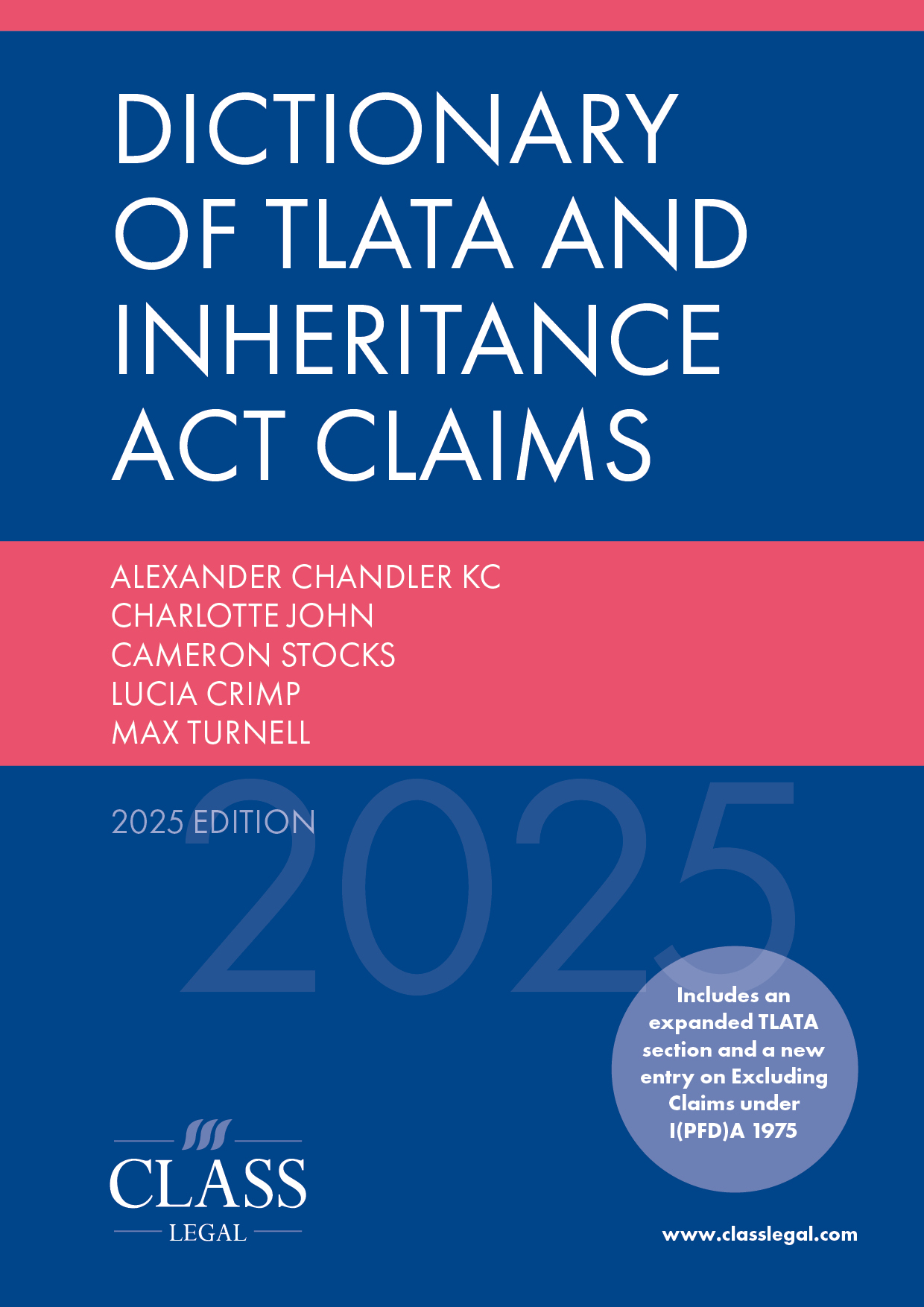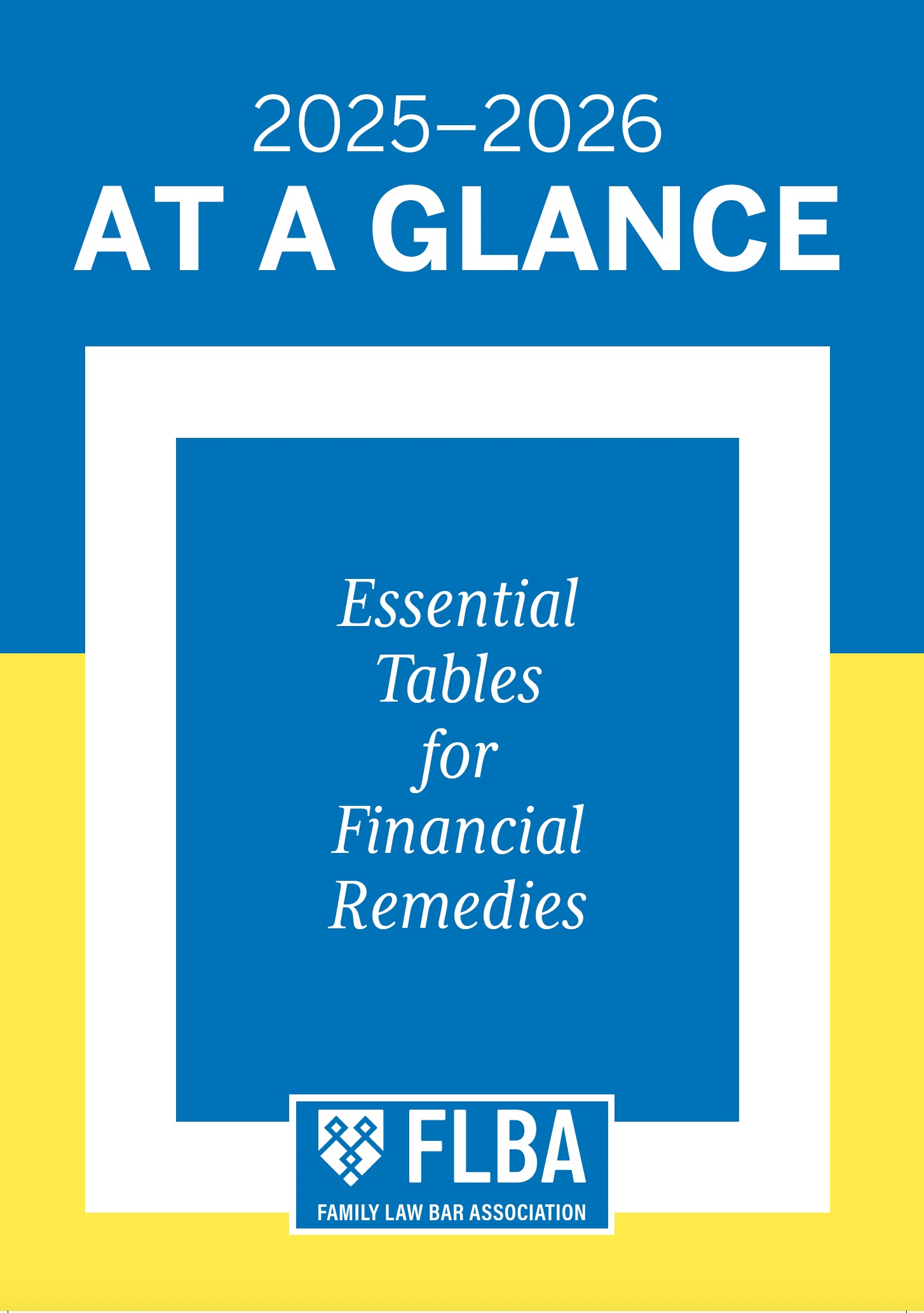
Book Review: Dictionary of the Court of Protection
Published: 23/04/2025 09:50

Almost a dozen years ago, in September 2013, I was privileged to welcome the very first Dictionary when I wrote the foreword to the first edition of the Dictionary of Financial Remedies. The Dictionary was innovative: in concept simple but brilliant; in content authoritative, a masterly distillation of the law and practice in financial remedy cases; and in format and physical shape very transportable. Saying that it deserved to gain rapid acceptance, I looked forward to it becoming an essential part of every practitioner’s toolkit.
I was not to be disappointed. The Dictionary of Financial Remedies is now in its twelfth edition and goes from strength to strength. What I confess I had not anticipated was how the family would grow. The success of the first-born led inevitably to siblings: the Dictionary of Private Children Law, first published in 2021; the Dictionary of TLATA and Inheritance Claims, first published in 2023; and the Dictionary of Public Children Law, first published in 2024.
Now we have the fifth member of this impressive family, the Dictionary of the Court of Protection, published in 2025. It is an excellent and equally distinguished addition to the family: like its older siblings an authoritative and masterly distillation of law and practice adopting the familiar alphabetical arrangement of its predecessors. It has been prepared by a distinguished and experienced group of COP judges and practitioners, led by the Senior Judge, Her Honour Judge Carolyn Hilder. The Table of Contents vividly demonstrates what the Vice President in her foreword has called ‘the breadth and complexity of this jurisdiction’. Our authors have risen brilliantly to the challenge.
As the subject determines, this Dictionary has to address two very different aspects of the work of the Court of Protection: property and affairs and personal welfare. The wide sweep of what is required is well illustrated by the very first entries in the Dictionary: ‘Accredited Legal Representative’ and ‘Ademption’. All will (or should) be familiar with the ALR but the doctrine of ademption, though very familiar to the denizens of Lincoln’s Inn is, I suspect, little known in the Temple. Like the Dictionary of TLATA and Inheritance Claims, the Dictionary of the Court of Protection succeeds triumphantly in ‘bridging the very different worlds of family and chancery, each, even now, still very much a foreign country to the other’ (to quote what I said in my foreword to the first edition of the Dictionary of TLATA and Inheritance Claims).
Our authors are to be congratulated on their achievement. Like its older siblings, this new Dictionary deserves to gain the rapid acceptance which I am sure it will achieve. I look forward with confidence to it becoming an essential part of the toolkit of every practitioner whether in the Temple or in Lincoln’s Inn.
Like its older siblings, this Dictionary is securely grounded in the current practicalities and realities of practice at the coal face. It is – something much to be welcomed – a practical rather than a merely theoretical work, designed for the busy practitioner rather than the academic in the ivory tower. It therefore rightly eschews the purely historical and the purely academic, focusing on those parts of the case-law which are currently useful to the practitioner. Cases which in their time were of importance but are now overtaken by more recent authoritative pronouncements therefore rightly do not feature. The entry on ‘Sexual Relations (including TZ Care Plans)’ is a good example. Years of confused and confusing previous authority are passed over in silence and the entry begins with the 2021 decision of the Supreme Court in A Local Authority v JB. This entry is also a good example of another really useful feature of the Dictionary: the setting out in extenso of long passages from key authorities.
In her foreword the Vice President refers to ‘a dynamic jurisdiction which has evolved over time and continues to do so’. Entries such as ‘Hoarding’ and ‘Internet and Social Media Use’ illustrate the point vividly, at least for this elderly retired judge, referring to topics which he does not recall troubling the Court of Protection in his time. The point is important, underscoring as it does the vital importance of each of the Dictionaries being updated annually.
Some reviewers treat it as part of their function to provide long lists of suggested corrections and improvements. That is best left to the authors and more particularly the practitioners whose road-testing will quickly identify anything that is needed. I cannot however resist a couple of suggestions. The entry ‘Marriage: Filing for Divorce’ needs reconsideration in the light of the introduction of ‘no-fault divorce’. And the entry ‘Regional COP’, where reference is made to COP’s regional Hub structure, would, I venture to suggest, be enhanced by a Table similar to the Table which appears in the Dictionary of Financial Remedies under the entry ‘Financial Remedies Court (FRC)’, setting out details of the FRC’s corresponding regional Zone structure.
I cannot end without a reference to His Honour Judge Edward Hess. His name appears on the title page of each of the Dictionaries as ‘Dictionary Series Editor’. But we do well to remember his pioneering work in the design and creation of the original Dictionary of Financial Remedies. That the creative vision which produced the original infant has now seen the birth of four siblings shows just how much we owe to Edward.
Sir James Munby
12 April 2025

